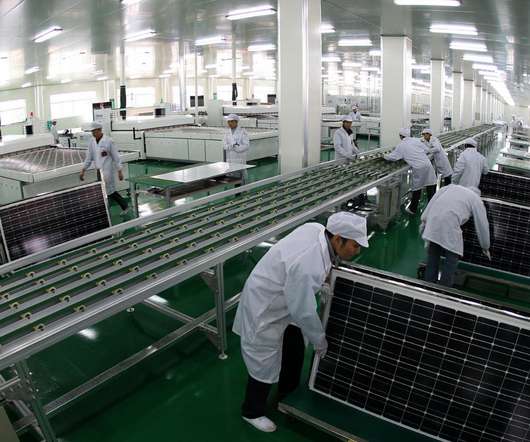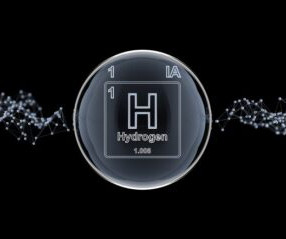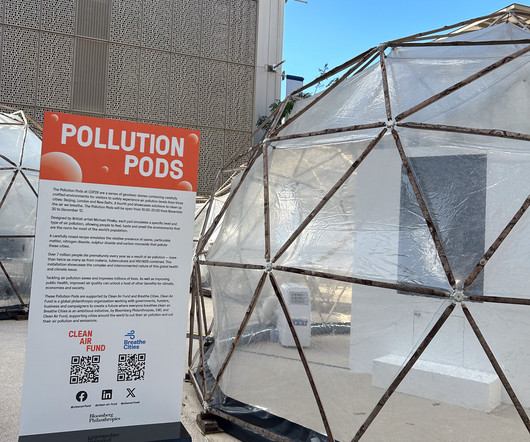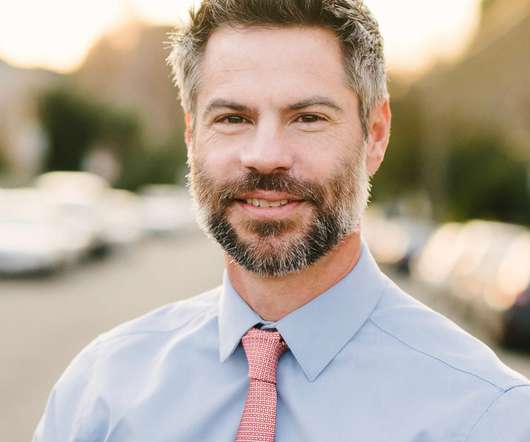Emissions by the Big Utilities: Where They Are, What They’re Aiming For
Legal Planet
MARCH 31, 2022
Zero coal by 2035, 24 GW solar/wind by 2030, net zero emissions by 2050, including upstream and downstream emissions. Net zero by 2030, 50% cut from 2007 by 2030. Net zero emissions from operations, 50% cut from 2000 by 2030. 80% by 2050, 60% by 2030 (2000 baseline). 87% cut 2030, zero coal by 2034.













Let's personalize your content